(Page créée avec « To dismantle a pallet, take it slowly and don't force it, otherwise you risk damaging the boards. Place the crowbar in the gaps, and tap the crowbar with the sledgehammer... ») |
(Page créée avec « Follow the boning of the following pallets: ») |
||
| Ligne 44 : | Ligne 44 : | ||
|Step_Content=To dismantle a pallet, take it slowly and don't force it, otherwise you risk damaging the boards. Place the crowbar in the gaps, and tap the crowbar with the sledgehammer so that it fits into the gap, repeating the process in different places until you feel the boards coming loose. Note that if you break the ends of some of the boards, it's not a big deal, as some of them will be cut off later. | |Step_Content=To dismantle a pallet, take it slowly and don't force it, otherwise you risk damaging the boards. Place the crowbar in the gaps, and tap the crowbar with the sledgehammer so that it fits into the gap, repeating the process in different places until you feel the boards coming loose. Note that if you break the ends of some of the boards, it's not a big deal, as some of them will be cut off later. | ||
| − | + | Follow the boning of the following pallets: | |
* Commencer par retirer les planches 2 et 4 du dessus | * Commencer par retirer les planches 2 et 4 du dessus | ||
Version du 24 juillet 2024 à 14:28
Difficulté
Facile
Durée
3 heure(s)
Coût
15 EUR (€)
Description
Building a bench from an EPAL pallet
Matériaux
- 1 EPAL pallet
- about thirty screws (5*50mm)
Outils
- 1 crowbar
- 1 hammer
- 1 screwdriver
- Hand saw or jigsaw
- “foot’’ template (the pattern does not fit on an A4 format, so only the end of the foot is drawn on the attached file, you must choose the size of foot that suits you).
- “U’’ template (the pattern does not fit on A4 format, so only half of it is drawn on the attached file, so you need to reproduce it symmetrically).
Étape 1 - Dismantling the pallet
To dismantle a pallet, take it slowly and don't force it, otherwise you risk damaging the boards. Place the crowbar in the gaps, and tap the crowbar with the sledgehammer so that it fits into the gap, repeating the process in different places until you feel the boards coming loose. Note that if you break the ends of some of the boards, it's not a big deal, as some of them will be cut off later.
Follow the boning of the following pallets:
- Commencer par retirer les planches 2 et 4 du dessus
- Retourner la palette et enlever les blocs des planches 1, 3 et 5
- Retirer les planches liées aux blocs
- Taper sur les clous des planches 1, 3, 5 pour les faire sortir.
- Méthode similaire sur ce tutoriel (https://www.youtube.com/watch?v=tQnQkdUS3yo)
Étape 2 - Trier le planches
- 4 fines et longues : une servira pour l’assise du banc, deux pour les pieds du banc et une pour la traverse du centre. Sélectionner une belle planche pour l’assise.
- 3 petites et larges : on va les découper en U suivant le gabarit.
- 4 grandes et larges : Sélectionner deux belles planches pour l’assise. les deux autres serviront pour les traverses extérieures.
Étape 3 - Assemblage
- Découper les pieds suivant le gabarit
- Découper les U suivant le gabarit
- Pré-percer les formes en U avec les pieds
- Assembler les U et les pieds (ATTENTION : sens des pied / le U ne doit surtout pas dépasser au dessus et sur les côtés, cf photo)
- Découper les traverses à partir d'une planche fine et longue et de deux planches larges et longues. Les côtes sont à choisir en fonction de la longueur du banc que vous voulez (ATTENTION : celle du centre doit être découpée plus courte que les deux autres).
- Assembler la traverse du centre (la plus courte) aux centres des assemblages “U-Pieds” (utiliser une équerre pour être droit), les pieds sont vers l’intérieur.
- Visser les traverses extérieures après les avoir découpés à la bonne longueur.
- Visser l’assise en commençant par la planche fine (celle du milieu)
Draft
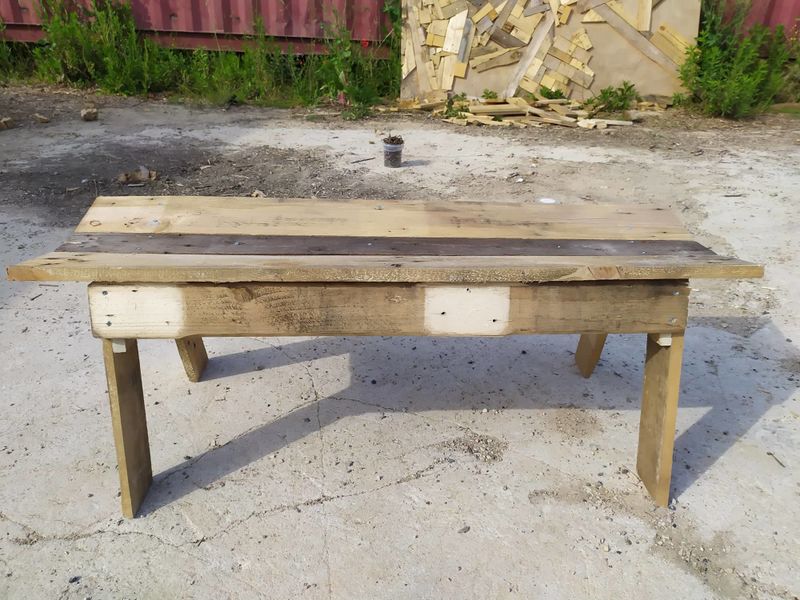
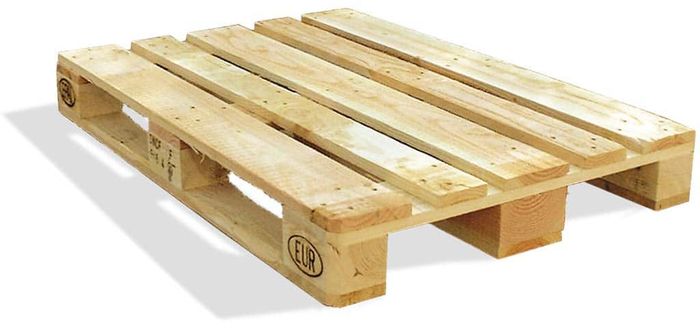
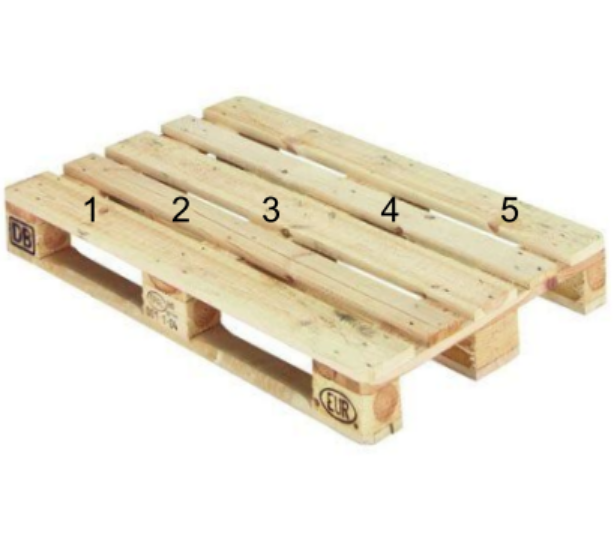
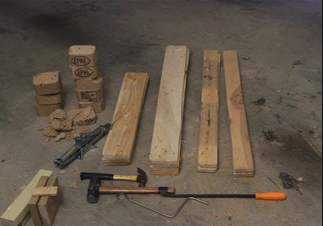
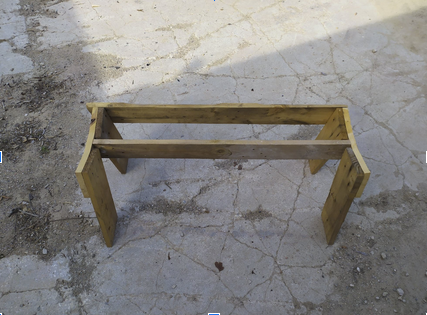
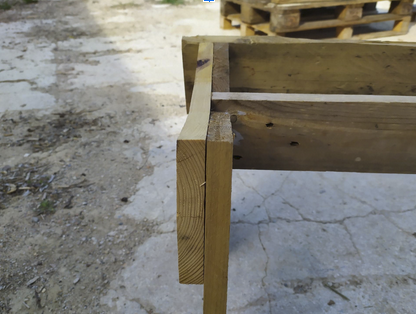
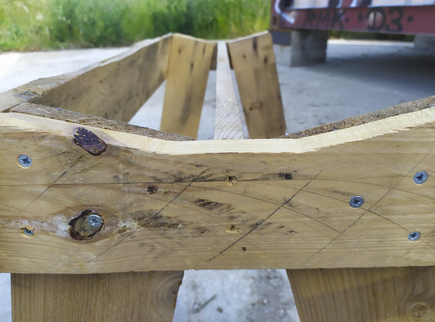
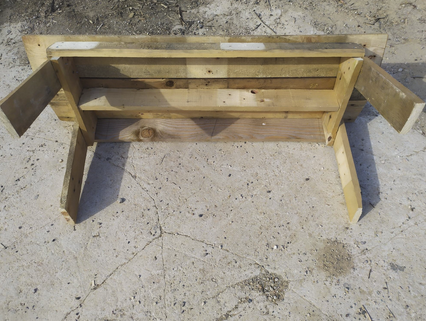
 Français
Français English
English Deutsch
Deutsch Español
Español Italiano
Italiano Português
Português